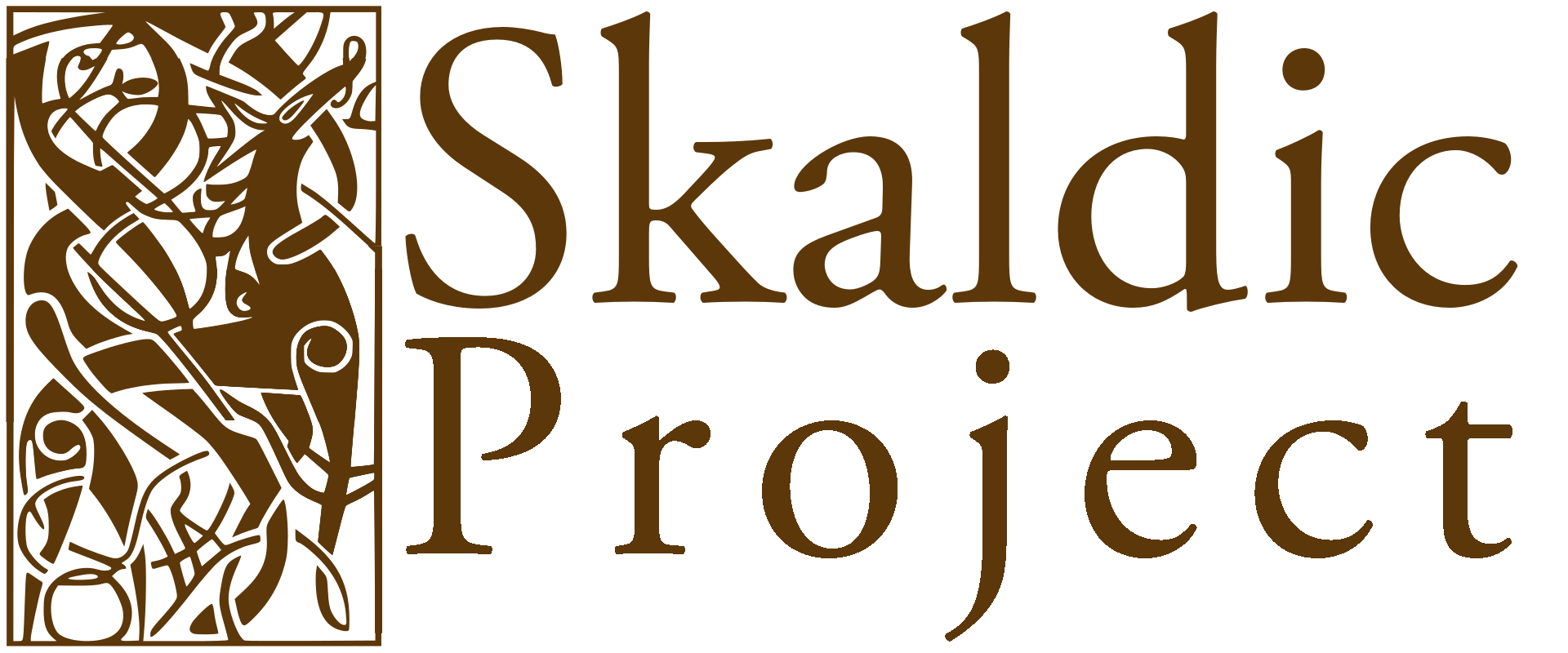Arn Þorfdr 11II/8 — þrimr ‘three’
Týndusk ból, þás brenndi
— bráskat þat dœgr háski —
— stǫkk í reyr in roknu
rauðr eldr — Skotaveldi.
Morðkennir galt mǫnnum
mein; á sumri einu
fengu þeir við þengil
þrimr sinnum hlut minna.
Ból týndusk, þás brenndi Skotaveldi; rauðr eldr stǫkk í in roknu reyr; þat dœgr bráskat háski. Morðkennir galt mǫnnum mein; á einu sumri fengu þeir þrimr sinnum minna hlut við þengil.
Dwellings perished, as he burned the Scots’ realm; red fire leapt in the smoking thatch; that day peril did not cease. The battle-master [WARRIOR] paid men for their injuries; in a single summer they got three times over the poorer deal from the ruler.
readings
[8] þrimr: so Flat, þrim all others
notes
[8] þrimr sinnum ‘three times over’: The first two defeats of the Scots were at Deerness (Dýrnes) and Tarbatness (Torfnes). If the prose Context above is authoritative, the third presumably consisted in Þorfinnr’s punitive attack on the Scots after the battle of Torfnes. The normalised þrimr is the form of the dat. of the numeral recorded in the oldest Icel. mss and appropriate to Arnórr’s time. The later þrim developed by analogy with other datives in -m and the variant þremr is due to lowering of original [i] before a nasal (Seip 1955, 153).
